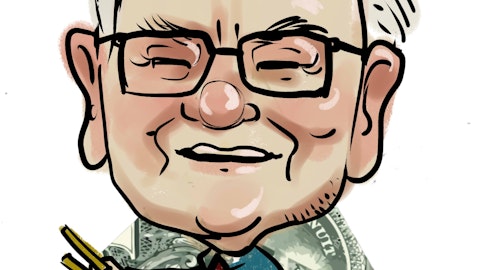Sometimes, it seems that there is no end to the helping hands that always seem to be reaching out to Wall Street institutions, often holding cash generated from the tax payments of Joe and Jane Main Street.
So it is with the interest that the Federal Reserve pays on the reserves that banks keep at the central bank, an amount that could top $77 billion each year by the end of 2015, according to Bloomberg.

A remnant of bailout legislation
The fact that the Fed pays any interest at all on excess reserve funds that banks leave in its care may seem strange, but it is a direct result of the passage of the Emergency Economic Stabilization Act of 2008, the legislation that made the great bank bailout possible.
When the Fed announced the new policy in a press release, it noted that this clause was something contained in the Financial Services Regulatory Relief Act of 2006 and would empower the Fed to begin these quarterly interest payments to banks on October 1, 2011. The bailout bill, in effect, moved that date up by three years.
Why pay interest at all, never mind implement such a plan early? The release doesn’t really give a reason, but there obviously is one. As fellow Fool Morgan Housel pointed out recently, paying interest can keep all of this excess cash from surging into a recovering economy, triggering inflation.
As The Economic Collapse notes, there was a dearth of money parked at the Fed before October 2008, but oodles and oodles after that date. Perhaps a rate of 0.25% doesn’t sound like much, but it’s quite a lot when applied to trillions of dollars, and it will be a gigantic windfall when interest rates begin to rise.
Of course, the chances of economic recovery in 2008 was slim to none, so why move the date up? Well, I think there’s a distinct possibility that some of the Troubled Asset Relief Fund money found its way to the Fed vault. Some of the banks, at least, didn’t need the money, and many pundits have sputtered over the fact that they were forced to accept it. But it was necessary to shield the weak — as the government learned after the collapse of Bear Stearns — by making everyone participate. Why not park it at the Fed, make some money on it, then pay it back, with interest payments already built in?
A nice bonus, for doing nothing
Might taxpayer-funded interest payments skyrocket to $77 billion in fewer than three years? I don’t know what Bloomberg us (NYSE:USB)ed for numbers, but they are probably in the ballpark. As Housel notes, this money is part and parcel of the Fed’s quantitative easing policies, whereby it attempts to goose the economy by providing additional funds for lending.

